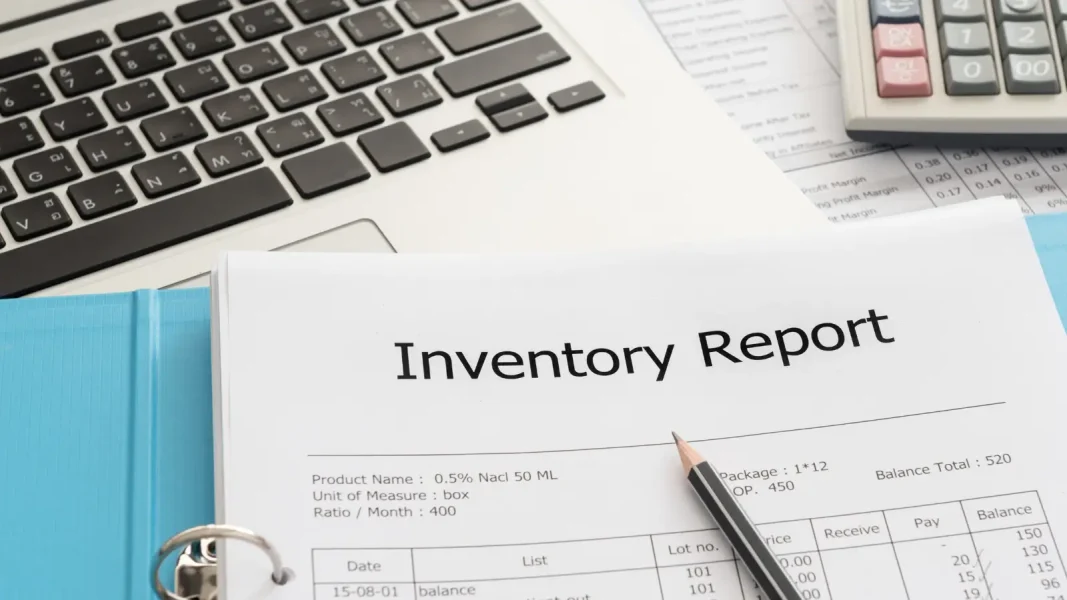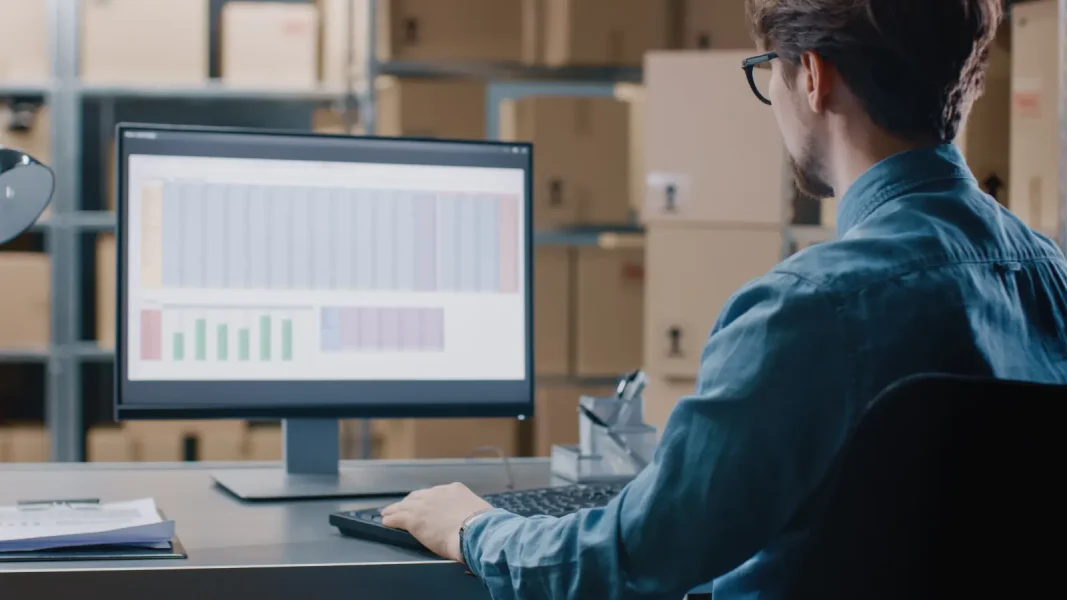Product and Retail Matching
Pricing is intimately linked to a brand’s commercial appeal – and therefore to its competitiveness, success and longevity.
The pandemic context confirms this: for a retailer, being able to set the right price at the right time is a matter of survival.
As a result, competitive pressure on prices is stronger than ever. A pricing strategy that is both differentiating and attractive to consumers cannot afford to ignore the competition.
This is where high-performance product matching comes in.
Competitive comparability as a pillar of pricing strategy
Define your prices according to your competitive perimeter
Collecting competitor data – prices, labels, images, EANs – is a prerequisite for product matching. For offline and food retailing, data is generally acquired from panellists. They can also be collected online, by extracting data from competing websites (Web Data Collect) or at points of sale (Scan In Store). While the raw data recovered in this way is of limited use in its current state, product matching makes it possible to add value to it.
Product matching involves linking identical or comparable products sold by the brand and one or more of its competitors. For ease of reading, these links are organized in analysis tables. By browsing them, the brand can compare each of its products – and their prices – with those of its competitors.
The aim of this comparison is simple: to define competitors’ price positioning and incorporate it into future pricing strategies, using relevant and exhaustive competitor price data. The rules for creating pricing strategies can therefore be customized according to the matched data.
In addition, the Matching module of the Optimix Pricing Analytics suite uses Artificial Intelligence.
Artificial Intelligence for high-performance product matching
Although essential to any competitive pricing strategy, the product matching process is generally a tedious one. It often requires the user to chain products together on a product-by-product basis. Depending on the number of references and competitors, the task can quickly become time-consuming and discouraging for your teams.
To remedy this, Optimix’s Matching module uses Artificial Intelligence on several levels.
The module makes matching fast and easy.
It enables two types of linking: automatic chaining based on the EAN and chaining using AI to support the user.
Automation of EAN-based product matching
Automatic chaining requires no human intervention. The algorithm analyzes imported competitor data and compares it with the brand’s own product data. When it identifies identical
identical EAN
s, it links the corresponding products together. This chaining is automatic.
Obviously, this process saves our customers a great deal of time and performance when it comes to matching. It makes a major contribution to generating a reliable, high-quality product database, useful for improving competitiveness and price positioning.
Depending on the brand’s sector of activity, it is estimated thatbetween 40% and 80% of its products can be matched. However, automatic matching is not always possible. It is then up to the user to check that the products to be linked are identical or comparable. In this case, the AI supports its decision-making.
Manual chaining at the click of a button
There are a number of situations in which user intervention is required, particularly when the products are :
Identical but their EANs do not match,
Comparable or similar because they come from an own brand,
Identical, but their size, capacity, volume, etc., do not match.
Here again, Artificial Intelligence supports simplified decision-making and accelerates matching. Let’s see how.
Optimix Pricing Analytics’ Matching module enables easy chaining on two axes: product photography and product labels. The aim: to match products with a single click.
To do this, the AI compares the photographs and labels of the products in the database. It standardizes the names of competing products using a dictionary of synonyms, then assigns them a price-weighted proximity coefficient. On the basis of this scoring, it sorts the competing products and matches them with the most relevant brand products. All that’s left for the user to do is determine whether the products are identical, comparable or comparable with a coefficient. All it takes is one click to match.
Artificial Intelligence works on the principle of machine learning. In concrete terms, this means that the more it contributes to matching, the more efficient its analysis and scoring will be, speeding up matching tasks even further.
The user can define a threshold above which the AI automatically matches products. For example, we can define that the AI will match all products with a proximity score above 98%.
If, despite this, the retailer is reluctant to mobilize high value-added resources for the few remaining manual tasks, Optimix can provide the necessary resources to subcontract the matching.
Fully customizable reporting
The module features an area dedicated to thestatistical analysis of matchingresults. These include data on frontality levels and the percentage of the brand’s products matched. Reporting is fully customizable to suit your scope and needs.





